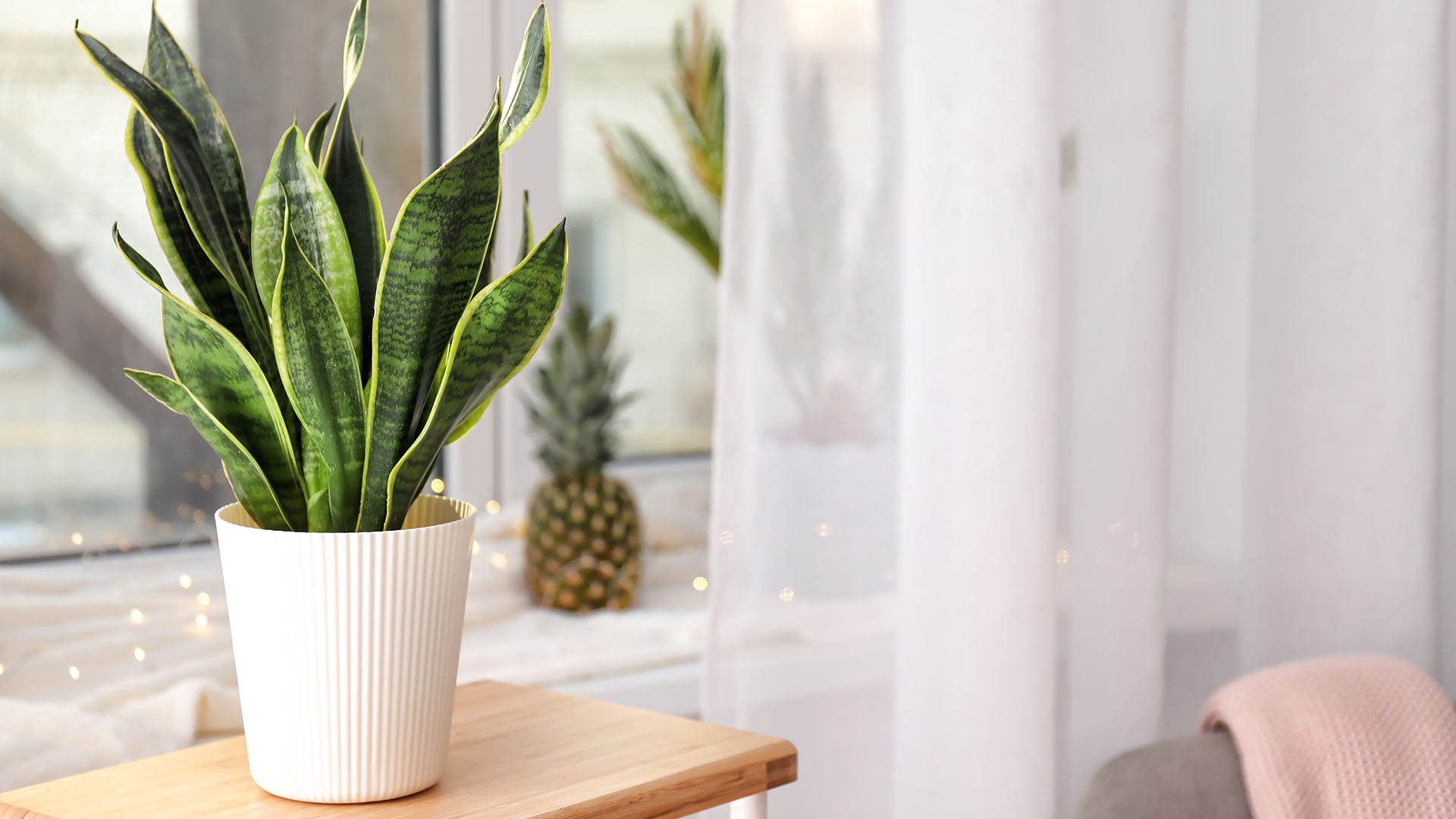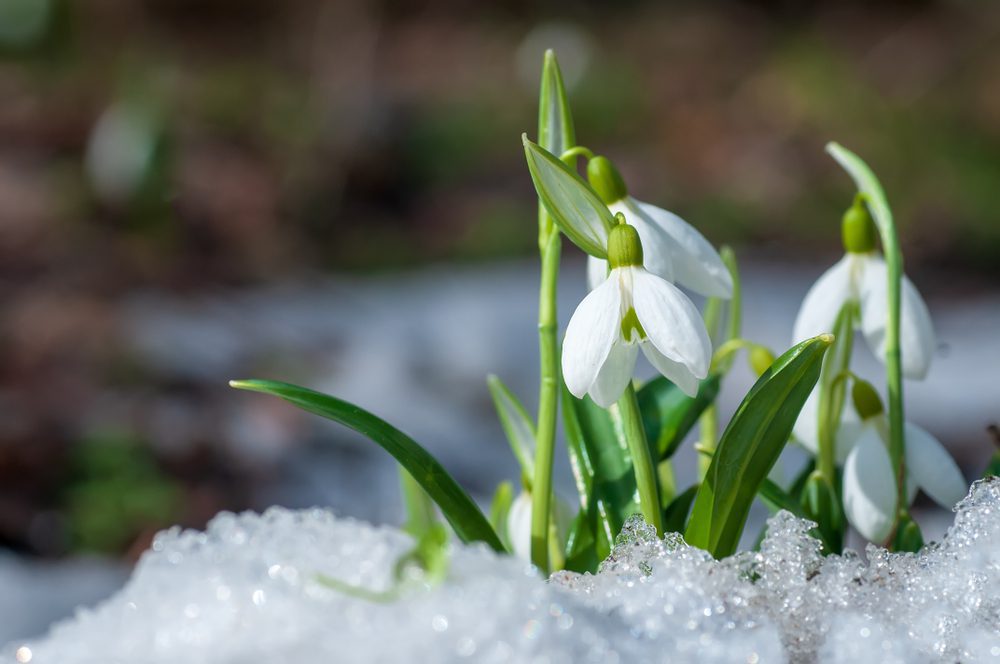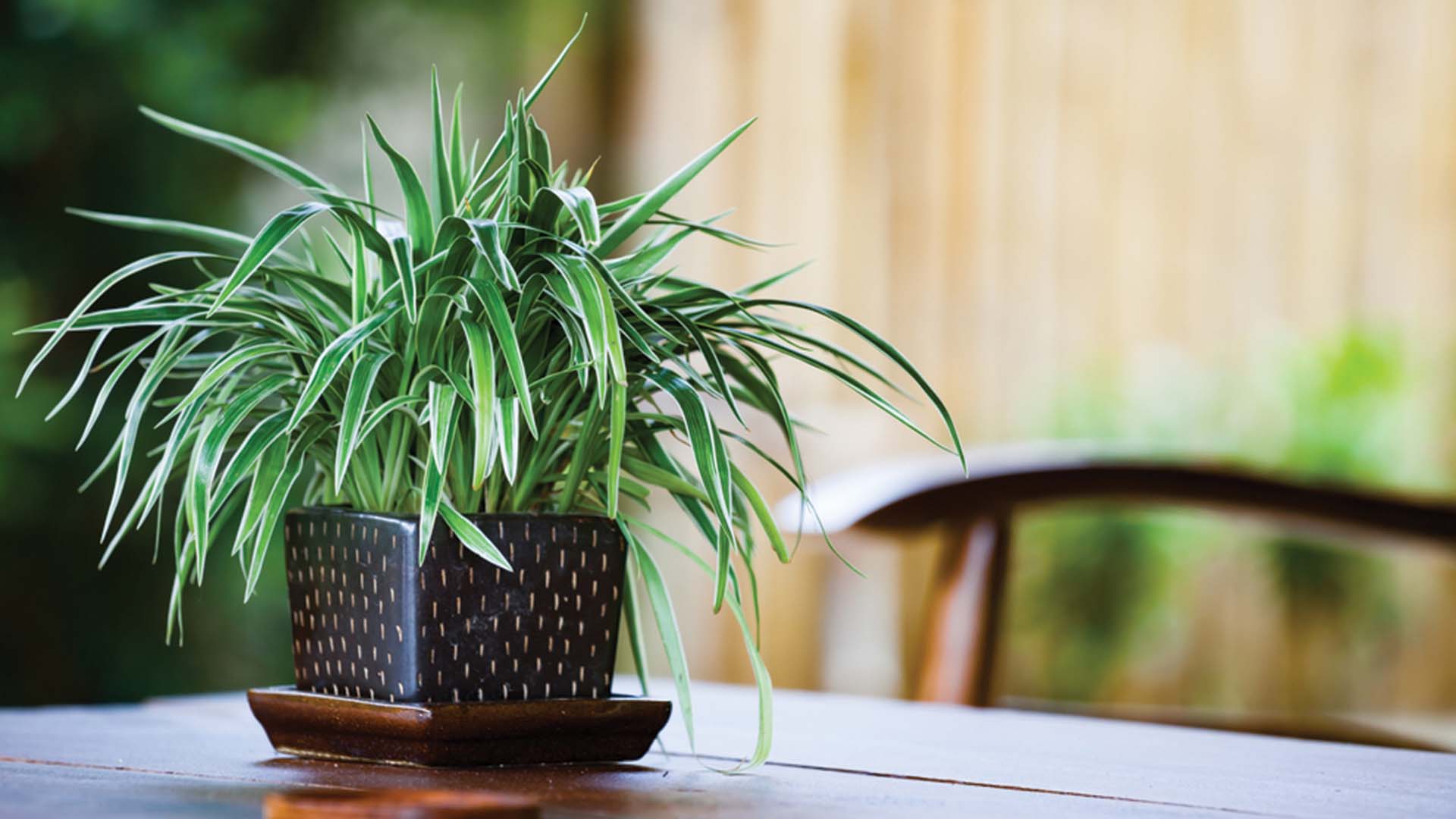Bring some bright and vibrant color to your stark white winter garden landscape with these early spring-blooming plants.
1. Bleeding Heart
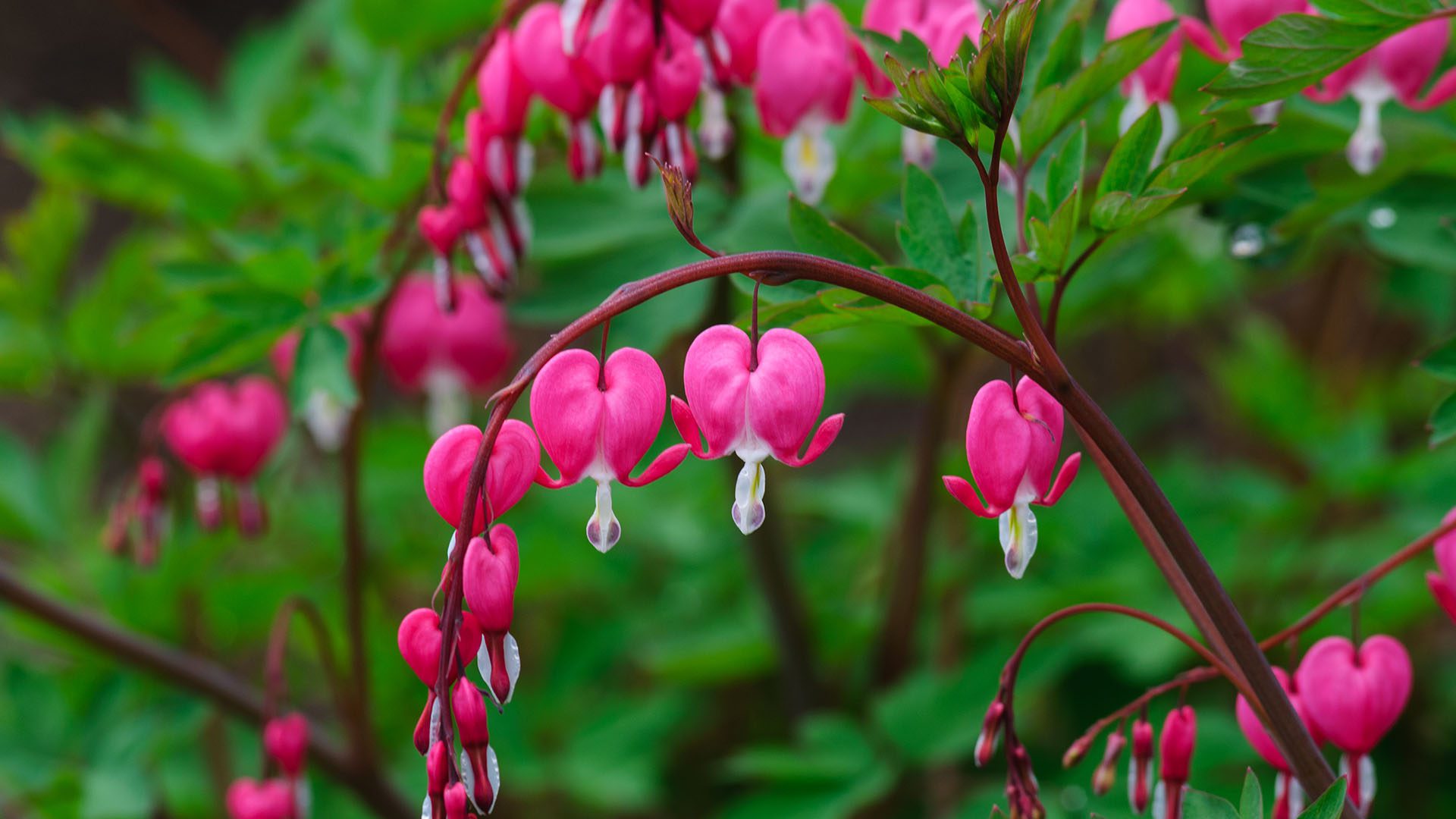
The blooms of the bleeding heart (formerly known as Dicentra spectabilis) are heart-shaped and surrounded by delicate foliage. These blooms also peak in the spring before many other plants, fading quickly as the days lengthen and the temperature warms. As the spring ephemeral plant goes dormant until the following year, it’s recommended that gardeners plant bleeding hearts near the back of the garden bed or amongst later-blooming flowers to help fill the void that will appear later. A favorite plant among hummingbird and butterfly populations, this bright plant varies between pink, red, and white colors and is hardy through USDA growing zones 2 to 9. To create a garden that beautifully supports local pollinators while enhancing curb appeal, Michaelangelo’s can help you design and install a landscape that thrives in Sandy Springs’ unique environment.”
2. Creeping Phlox
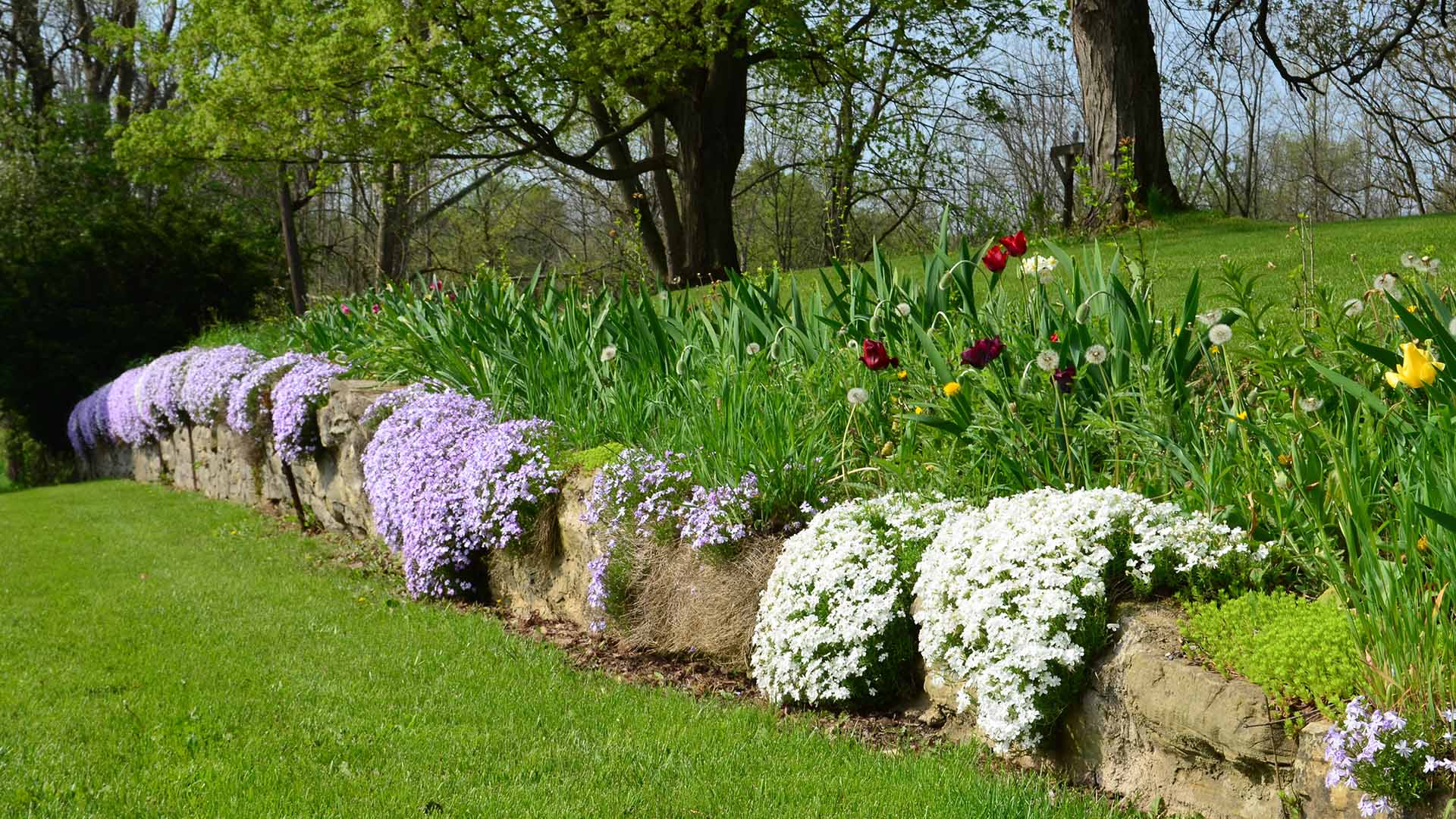
Creeping Phlox, also known as mountain pink or moss phlox is a small low-growing hearty relative of the fragrant perennial. The plant forms a colorful cascading spread of tiny flowers typically planted in large quantities that spread across lawns, rock walls, and flower bed borders. Also known as phlox subulate, this plant comes in a few pastel color varieties including pink, red, white, and purple and it’s hardy from zones 3 to 9. Blooming in March, the flowers will typically only last for approximately two weeks. The star-shaped flowers also attract butterflies and typically grow in full in the sun and need to be trimmed after blooming.
3. Bloodroot
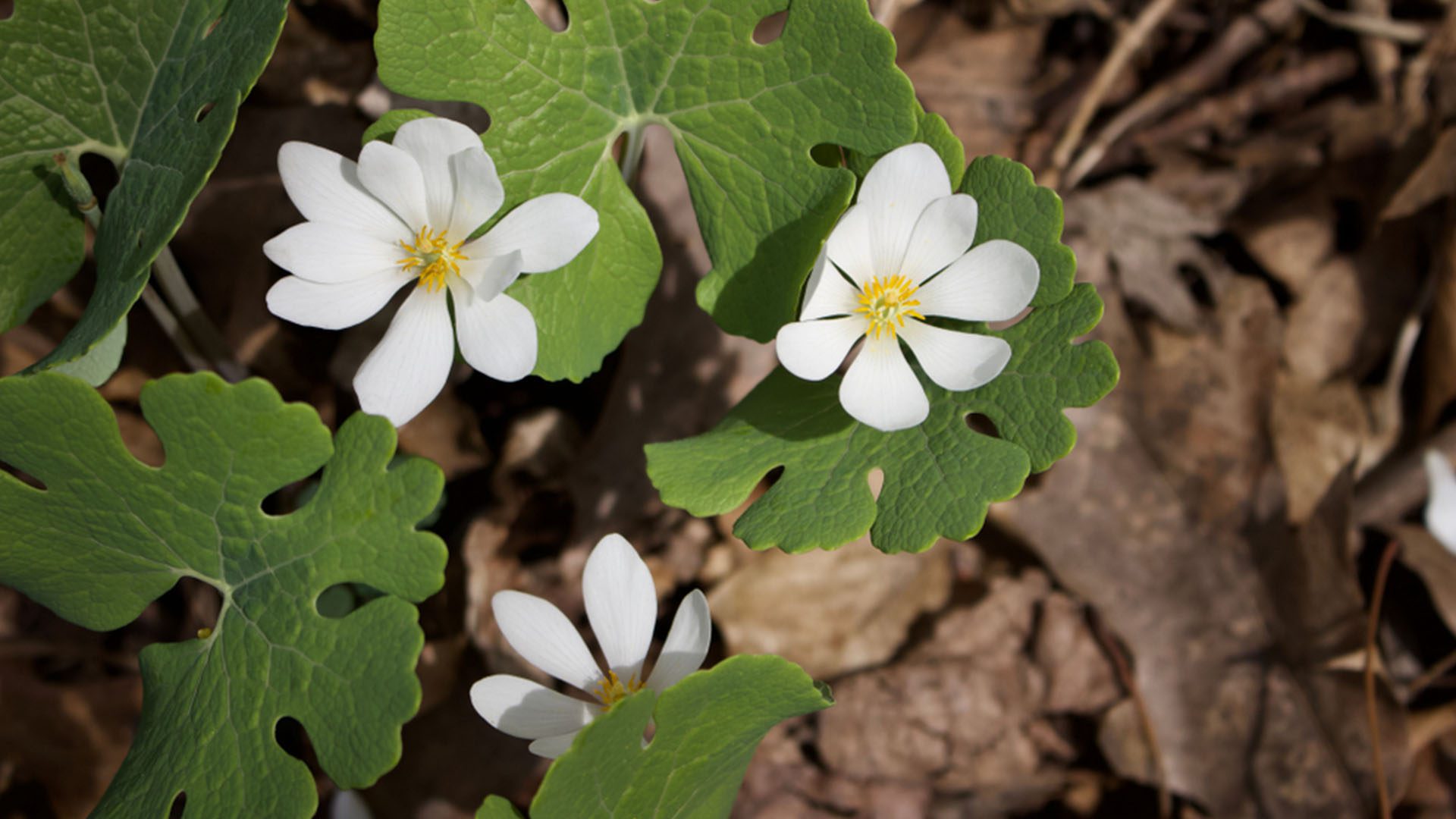
A native wildflower, bloodroot is a ground cover plant that blooms with small white or pale pink flowers. Though the 2-inch bright blooms only last for a few days, the blue-green leaves that remain after the flowers disappear provide a beautiful backdrop for summer flowers and won’t leave your garden looking empty. Bloodroot thrives in moist woodlands and gets its name from the red liquid that oozes from the root when it’s cut. Unlike other ground covers, bloodroot is not invasive and requires minimal care, but it’s highly toxic so it should be kept away from children and pets. Another easy plant to grow, the bloodroot is hardy from zones 3 to 8 and it does best in full to partial shade.
4. Flowering Quince
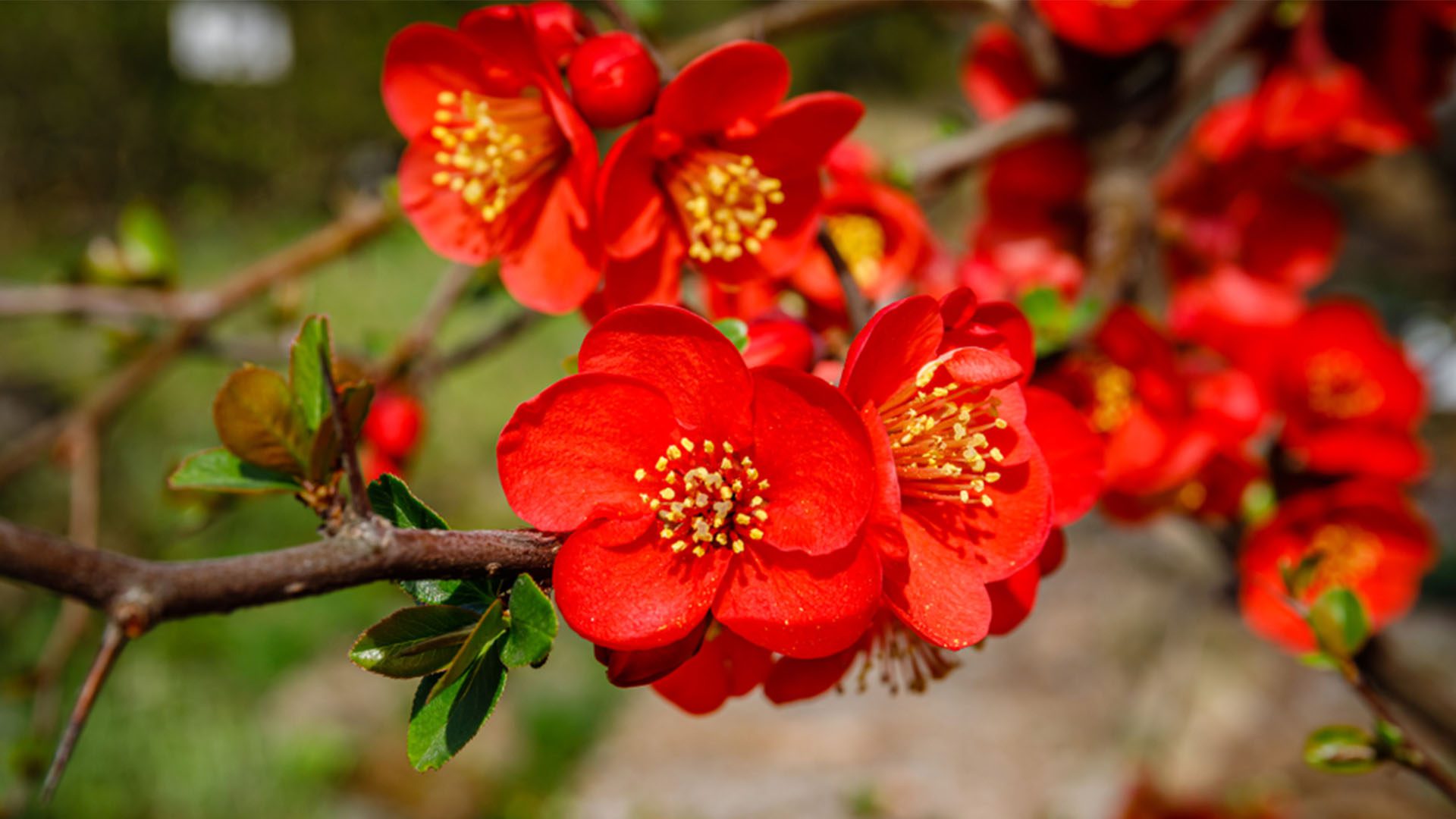
The flowering quince is a rounded thorny shrub that blooms from March to April. The five-petaled flowers are roughly two inches in diameter and the blooms begin to open even before the dark green leaves fully unfurl. Another low-maintenance border option, this plant does best in the full sun and should be pruned in the spring as needed after it finishes blooming. Hardy from zones 4 to 8, the red, pink, or white flowers during the spring are also followed by speckled, yellow-green fruits that make delicious preserves and jellies.
5. Rock Cress
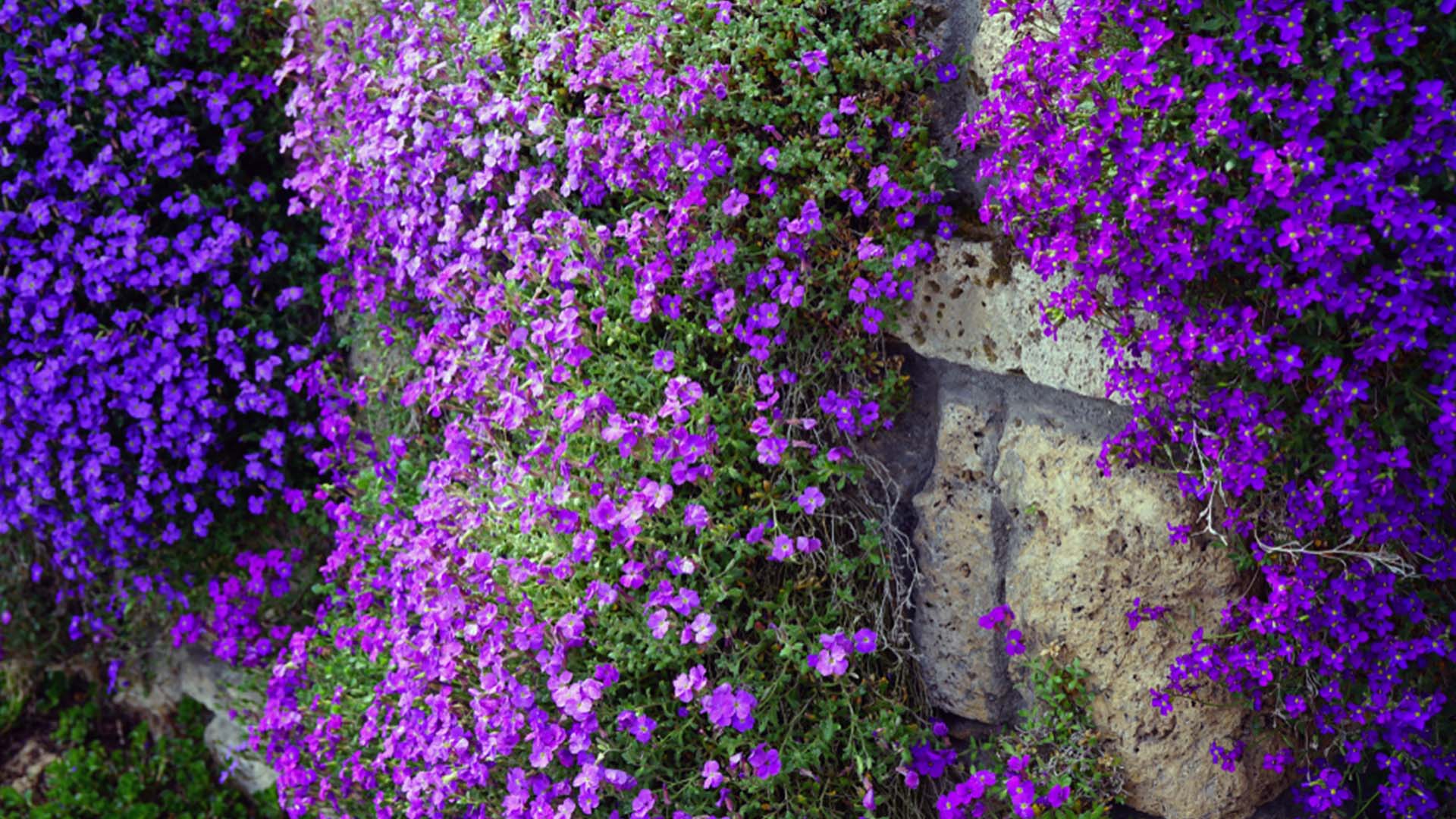
A low-growing, mat-forming ground cover, the Rock Cress has dainty white blooms that spread up to 2 feet and make a beautiful addition to a rock garden. Tolerating heat and drought conditions well, it remains under a foot tall and blooms from April to May. The Rock Cress also attracts bees and other beneficial pollinators to your backyard. After this plant has finished flowering, experts recommend trimming it back for thicker growth. Resilient from zones 4 to 7, this fragrant plant grows best in full sun in soil with good drainage.
6. Candytuft
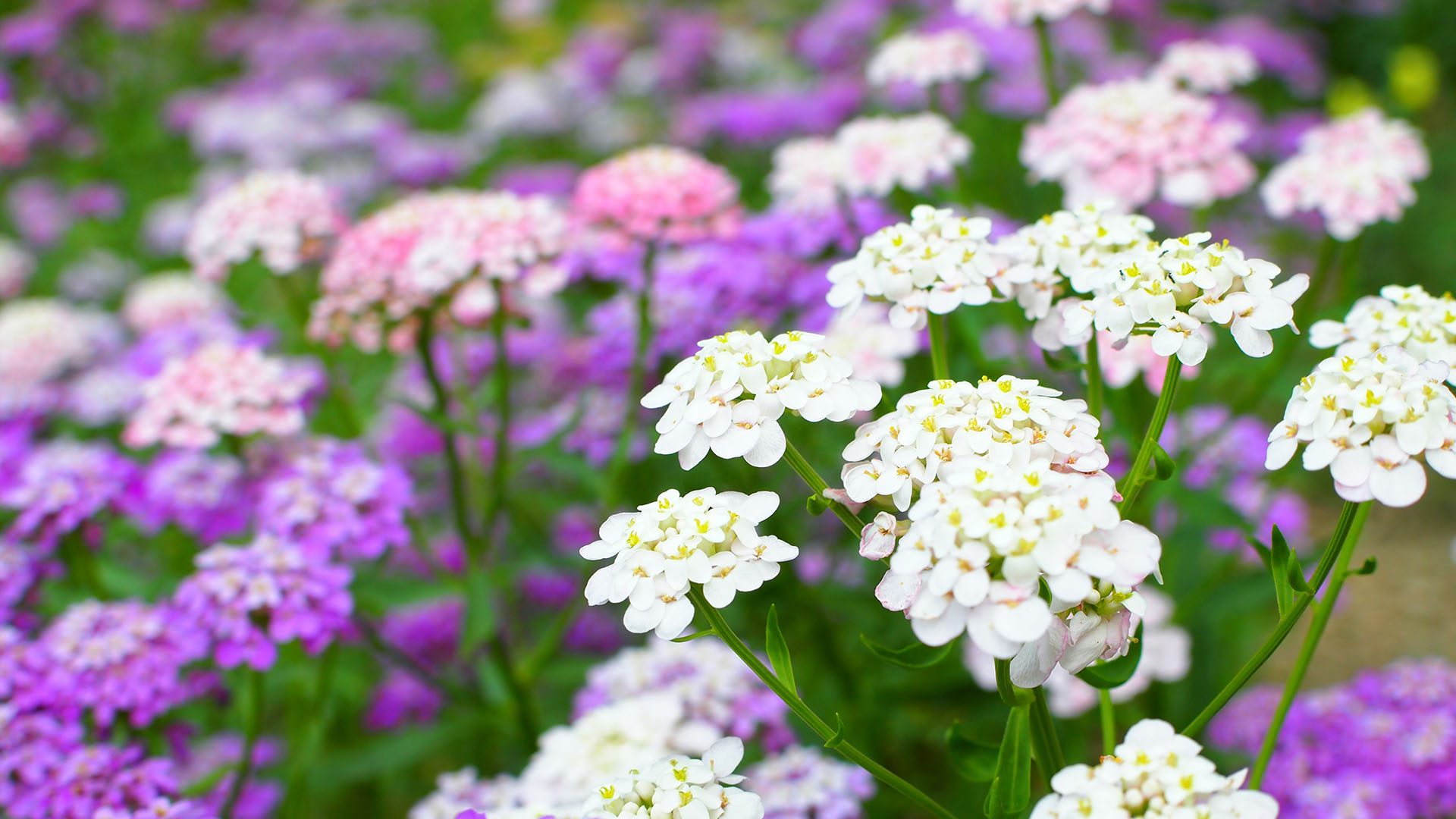
Candytuft is a low-growing perennial ground cover plant that remains evergreen in the warmer parts of its growing zones. The white and pink flowers begin blooming in March or April into summer, eventually becoming just dark evergreen foliage. Perfect for borders, rock gardens, or containers, the four-petal flowers grow best in full sun and well-drained soil. It’s also resilient from zones 3 to 8 and it should be propagated after it’s done flowering for healthier growth.



